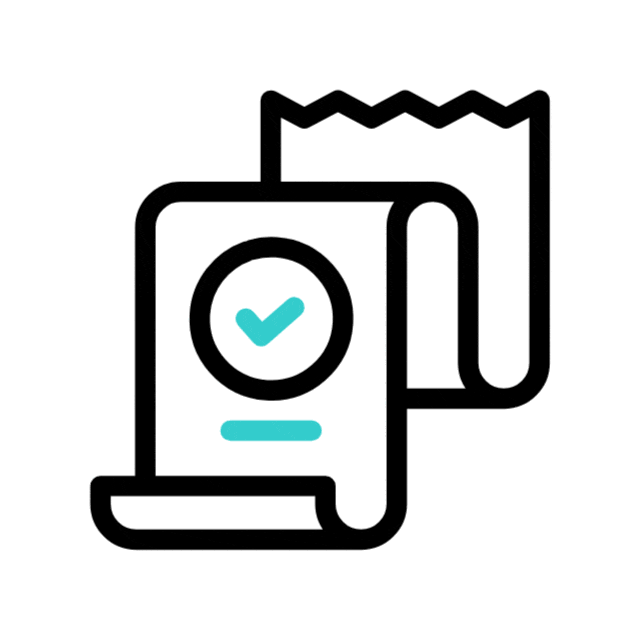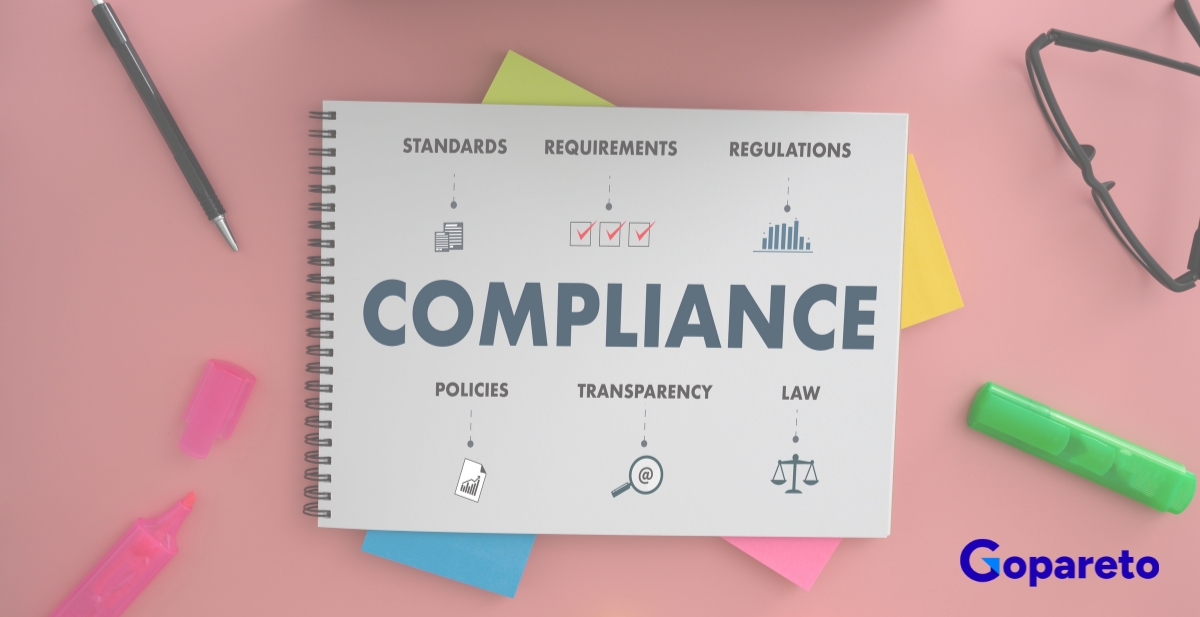Why Leave Policy & Compliance is important?
- Increased Efficiency
- Improved Policy Enforcement
- Streamlined Compliance
- Process-driven Operations

Why Leave Policy & Compliance is important?

- Increased Efficiency
- Improved Policy Enforcement
- Streamlined Compliance
- Process-driven Operations
The Importance of Leave Policies in Employee Administration
The importance of leave policy in promoting employee administration is multifaceted and vital. Employee administration, a critical factor in organizational success, directly affects how employees feel valued and supported in their workplace. A leave of absence policy is not just a legal obligation, but a strategic tool that companies can use to improve job satisfaction and reduce employee turnover.
What Is Sandwich Leave Policy and How Does It Work?
The organization has several rules regarding the organization of holidays. How a company handles vacation requests depends on its business model, but there are some specific rules, regulations, and directions on the matter.
The sandwich policy is one such provision that might create some confusion among employees. Some companies use this policy, while others do not. The policy has no specific legal restrictions or conditions, and companies can adopt it as long as employee conversations are monitored. Companies generally use the policy to prevent long absences and employee absenteeism. The company can use the sandwich leave policy after discussing the conditions with the employee.
Monthly and Yearly Leave Accrual Provision
Accrual leave is a type of leave that permits employees to accumulate unused leave and carry it over from year to year. Under an accrued leave policy, employees accrue a certain number of days or hours of leave each pay period. Vacation can be used at any time with the permission of the employer.
Leave accrues to existing employees during the year - they accrue when a new employee joins your organization, their statutory holiday will automatically start accruing. Vacation is also accrued during the probationary period and sick leave.

How Does Leave Policy & Compliance Help?
Automation eliminates the need for manual intervention, reducing errors and saving time, allowing HR to focus on strategic tasks that support business growth.
It helps create and enforce company-wide leave policies consistently, ensuring that all employees adhere to the same guidelines and improving overall compliance with labor laws.
Automated systems ensure compliance with leave regulations by accurately tracking leave balances, entitlements, and legal requirements, reducing the risk of penalties or disputes.
With no need for human intervention, automation makes the leave and attendance process more structured and systematic, enabling a more process-driven approach that improves efficiency and accountability across the business.











